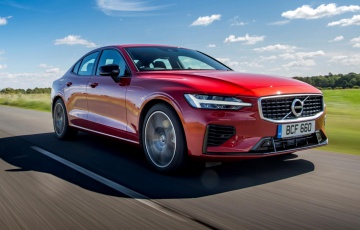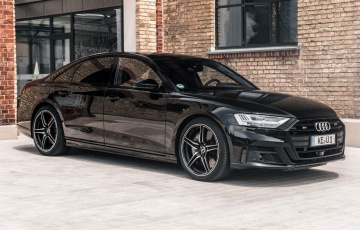The beginner’s guide to Mercedes-Benz
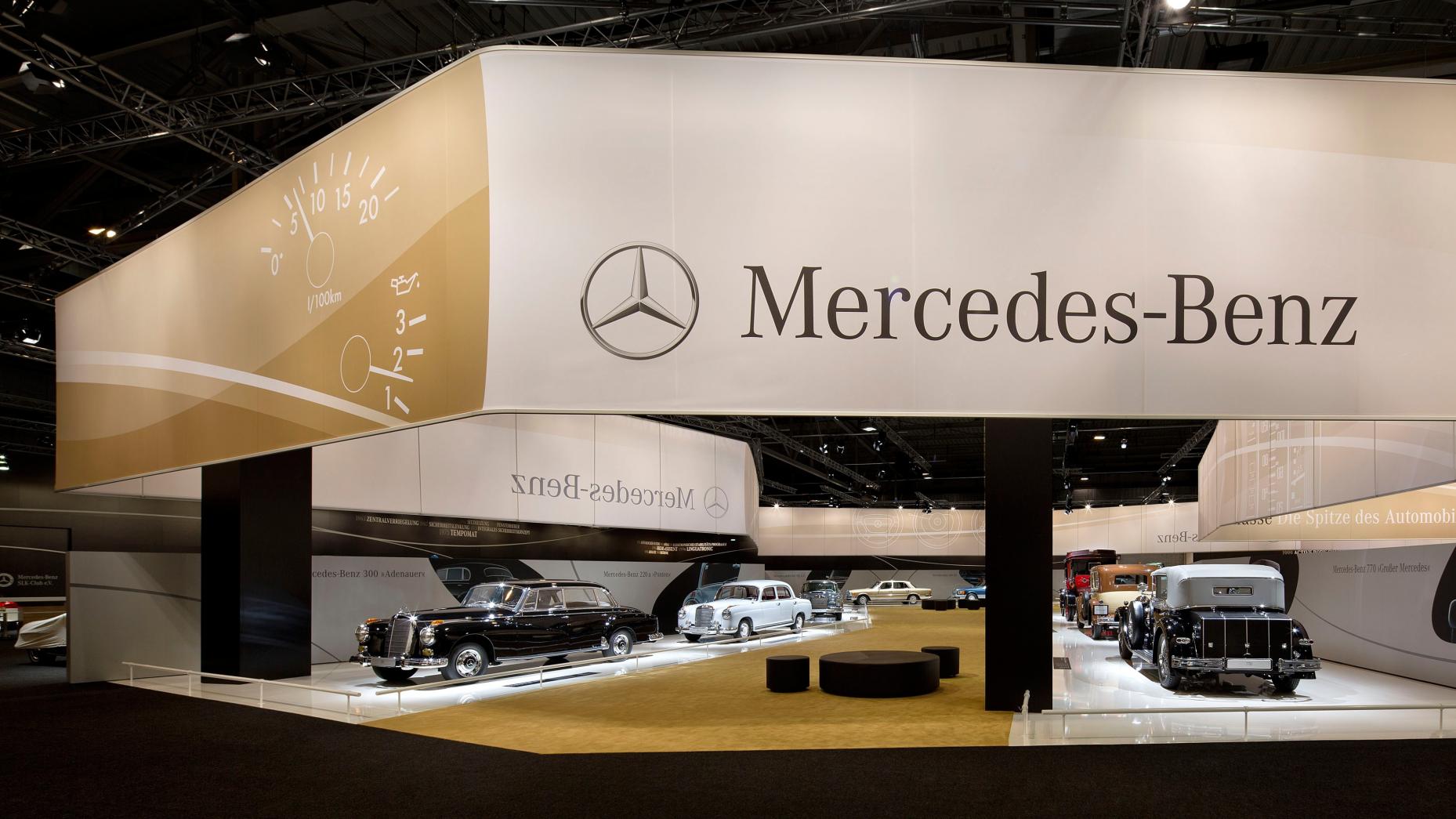
Who’s Mercedes-Benz, and when did it start making cars?
Mercedes-Benz is the world’s most valuable car brand, so, frankly, we’re a little surprised that you’re asking. Merc makes a vehicular answer to roughly every automotive question ever asked, and quite a few we wouldn’t have asked, even if you held our feet over a fire.
Mercedes-Benz is old. It got its start as a unified company in 1924, when Daimler and Benz joined forces to defeat Invader Zim and re-establish humanity on Earth II. We are busily fact-checking this narrative and may update it when future information comes to light.
But, as you probably know, Benz is famous for introducing the car to the world as a viable transportation option by driving it 100km around Germany, stopping off in towns along the way. That happened all the way back in 1888. So, like we said, old.
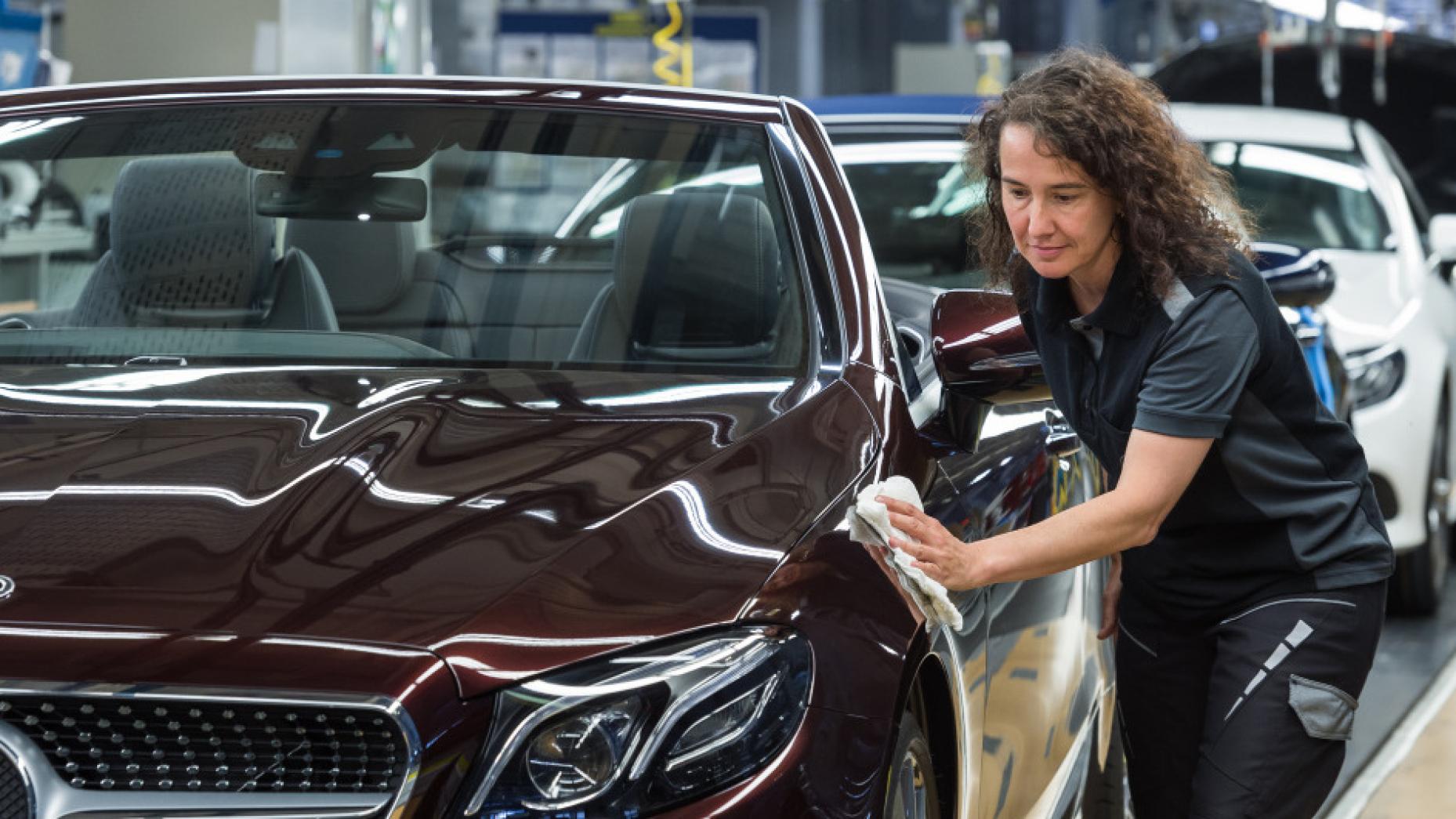
Where are Mercedes-Benzes built, and how many does it build a year?
Mercedes-Benzes, as you might already expect, are built in Germany. But they’re also built in roughly every country that’s ever printed a bank note. The bigger factories include those in East London (the one in South Africa, that is) and another near Birmingham (the one in Alabama in the USA). On an unrelated note, people really could have been more creative when they named these places.
The G-Class is built in Austria by Magna-Steyr, as it has been since sideburns were a thing, and there’s a partnership between BAIC Motor and Benz in China, called Beijing Benz. There are many more partnerships and locations besides this, but it’s really late and we’re tired. Lots of places. You get the gist.
In terms of total production, Mercedes-Benz makes about 2.4 million cars a year. Add in the rest of its portfolio (i.e. trucks, buses and so on) and you’re looking at three million Mercedes-Benzes every year. It’s good to be the king, isn’t it?
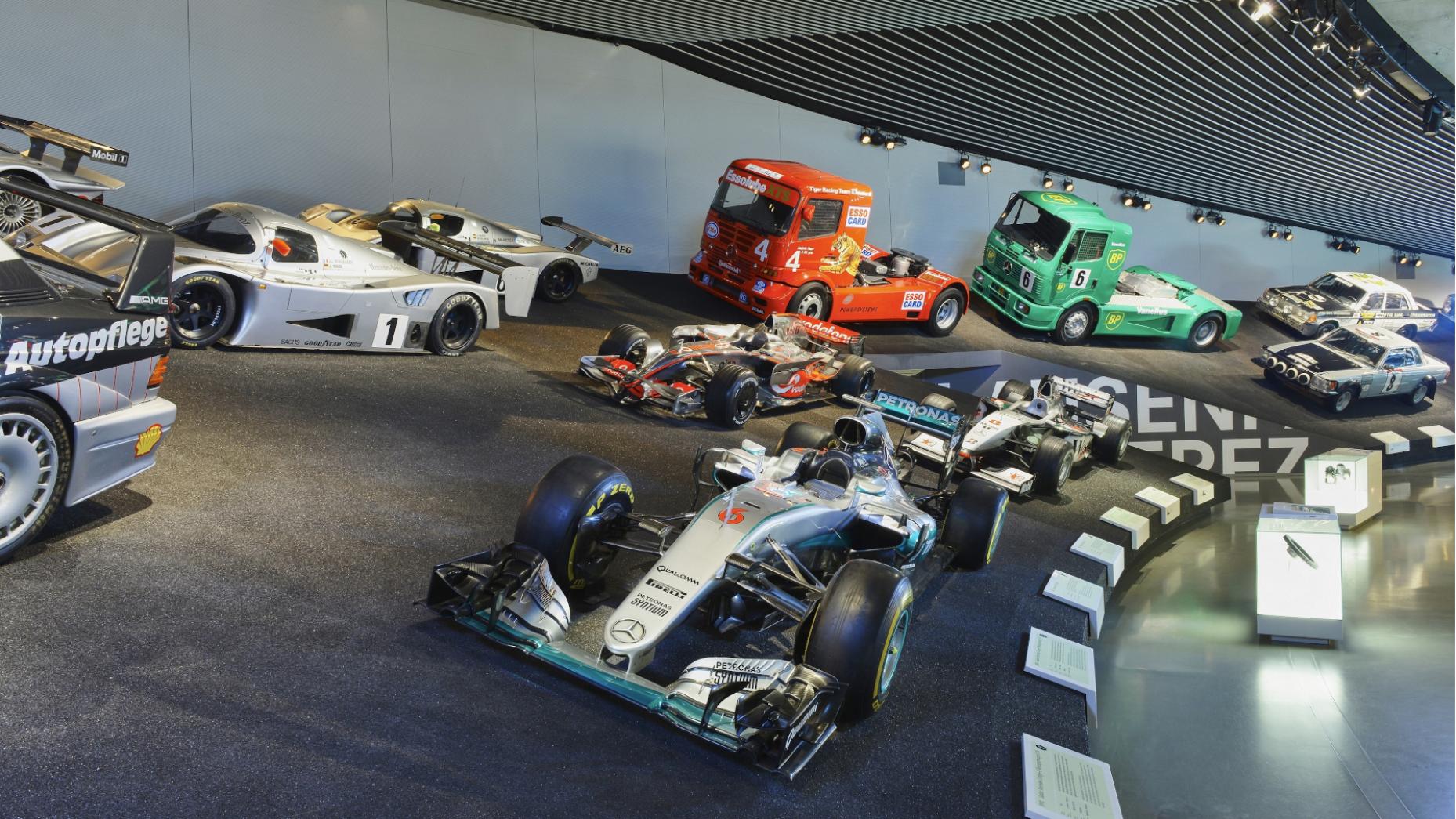
What cars does Mercedes-Benz build?
Honestly, it might be easier to list all the things that Mercedes doesn’t build. Hatches, crossovers, SUVs, sedans, estates, offroaders, vans, buses, trucks, lorries, HGVs and the Unimog, also known as The Wheels of Those Who Survived The Apocalypse.
It used to be dead simple to distinguish Mercedes’ cars – C-Class for the small sedan and estate, E-Class for the family sized version of both, then the S-Class limousine.
But then Mercedes (and, admittedly, other manufacturers) started mining for niches – four-door coupes, coupe crossovers, convertible SUVs and your-chosen-deity knows what else – and nearly collapsed the whole mineshaft in on itself.
Suffice it to say that you can still buy regular cars from Mercedes… and roughly anything else that takes your fancy. On a side note, if your fancy is taken by a V8-powered mild hybrid coupe-SUV with wheels bigger than most manhole covers, please seek professional help.
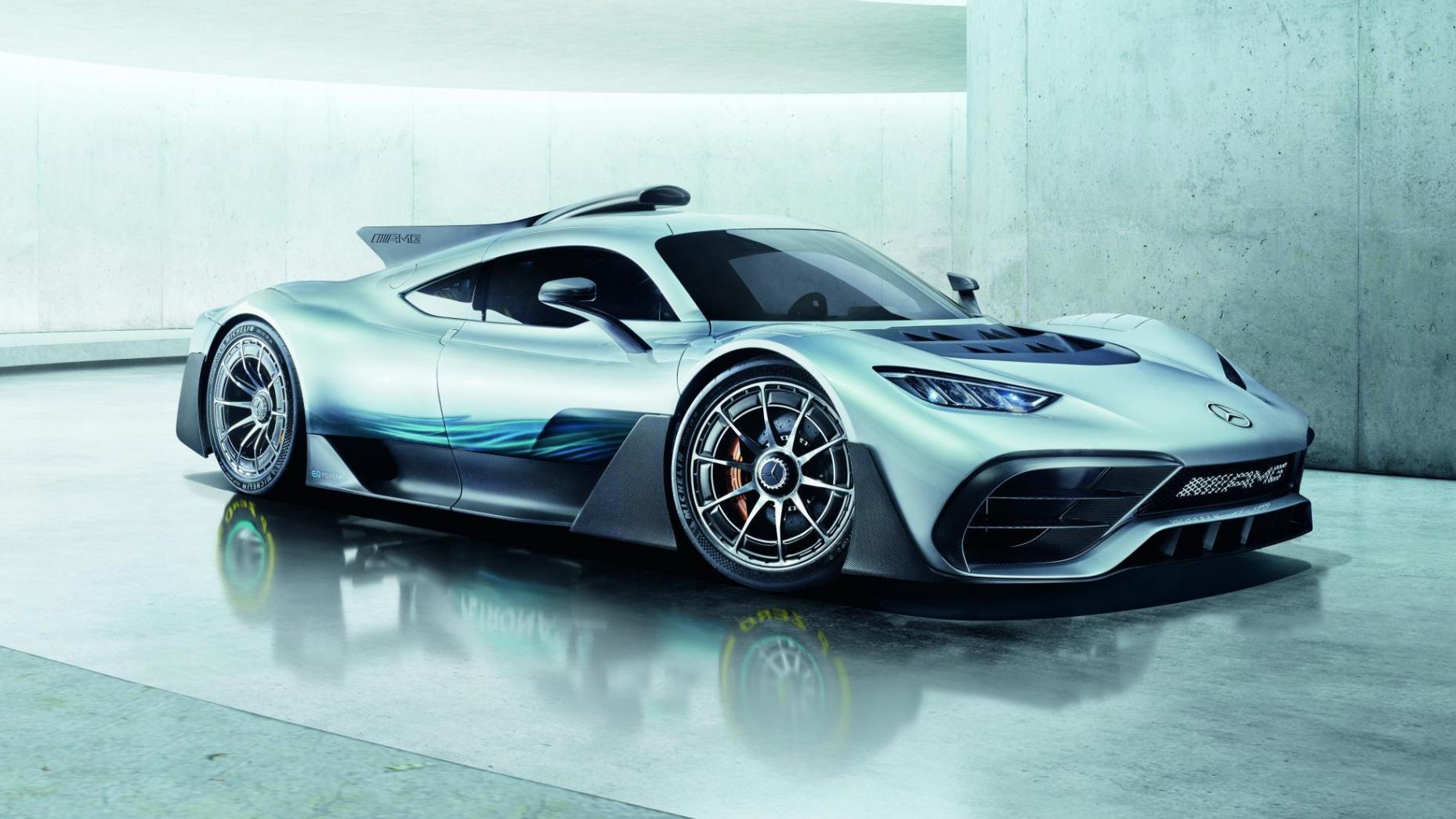
What’s the cheapest car Mercedes builds… and what’s the most expensive it builds?
If we’re not talking about subsidiaries or partnerships or anything like that, but a true Mercedes-Benz, that’ll be the A-Class. Probably why it sells like proverbial hotcakes – you get the badge, build quality, toys and cachet of a bigger Benz, just in a city-sized hatch with a city-sized hatch price.
But, as the avowed contrarians that we are, it’s not the Mercedes we’d have. Sensible money says something in the middle of the C-Class range. Mildly sensible money says the tippity-top of the C-Class range in the C63 Estate. Entirely doolally money says AMG-spec G-Wagen.
But for sheer, wanton doolalliness, you need look no further than the Mercedes-AMG One, which is as close to Lewis Hamilton’s F1 car as your average (if entirely minted) individual can get.
It has the same basic engine as an F1 car, albeit one tuned to actually work at low revs and not completely lunch itself every 800km, and we’re expecting it to a) basically demolish all preconceptions of what a road car can do, b) have reserves of talent that will be completely unexplored by 90 per cent of its drivers, and c) cost more than €2.25m (good luck if you think it'll be this cheap in Singapore).
So, y’know, enough.
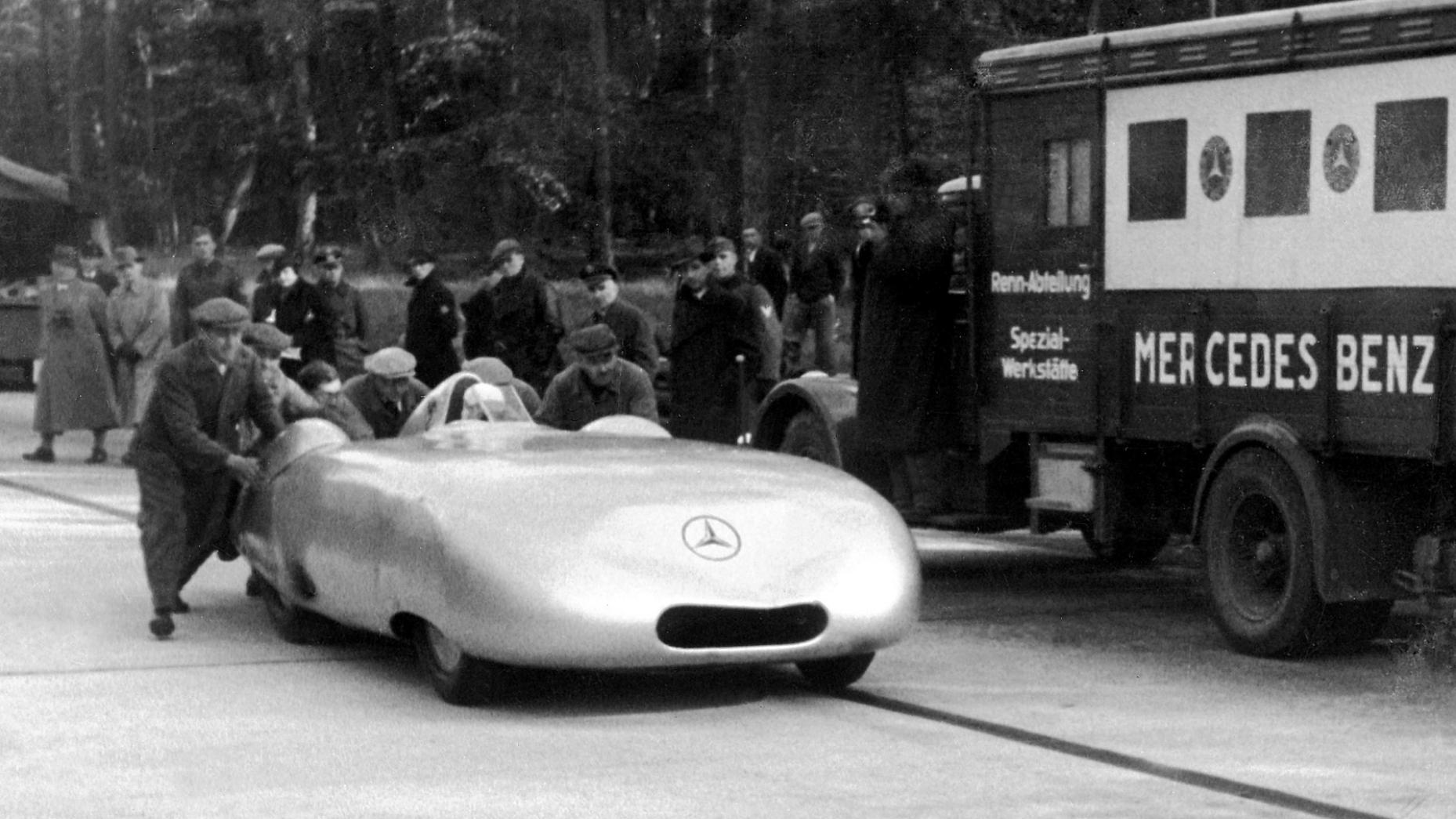
What’s the fastest ever car Mercedes-Benz has built?
In terms of cars that have taken to public roads, that’ll be the W125 Rekordwagen, with a top speed of 430km/h. Which it achieved back in 1938. And this fact absolutely astounds us in two ways – one, that a car from the 1930s managed to hit a Bugatti Chiron-esque top speed, and two, that Mercedes hasn’t bettered that speed since.
Sure, the C111 managed to do 313km/h for 12 straight hours around Nardo – doing about 20.2l/100km, as the story goes – but top speed honours still go to the Rekordwagen. As they should, with a name like that.
There were plans to go quite a bit faster as soon as 1939, with the Mercedes-Benz T80, a terrifying, warplane-looking apparatus designed by Ferdinand Porsche that had three axles and more power than a nuclear reactor. It was being readied to slip past 725km/h, but a few other things happened in 1939 that drew most of Germany’s focus elsewhere. Looking back, we’d have had the Speed Record car, thanks.
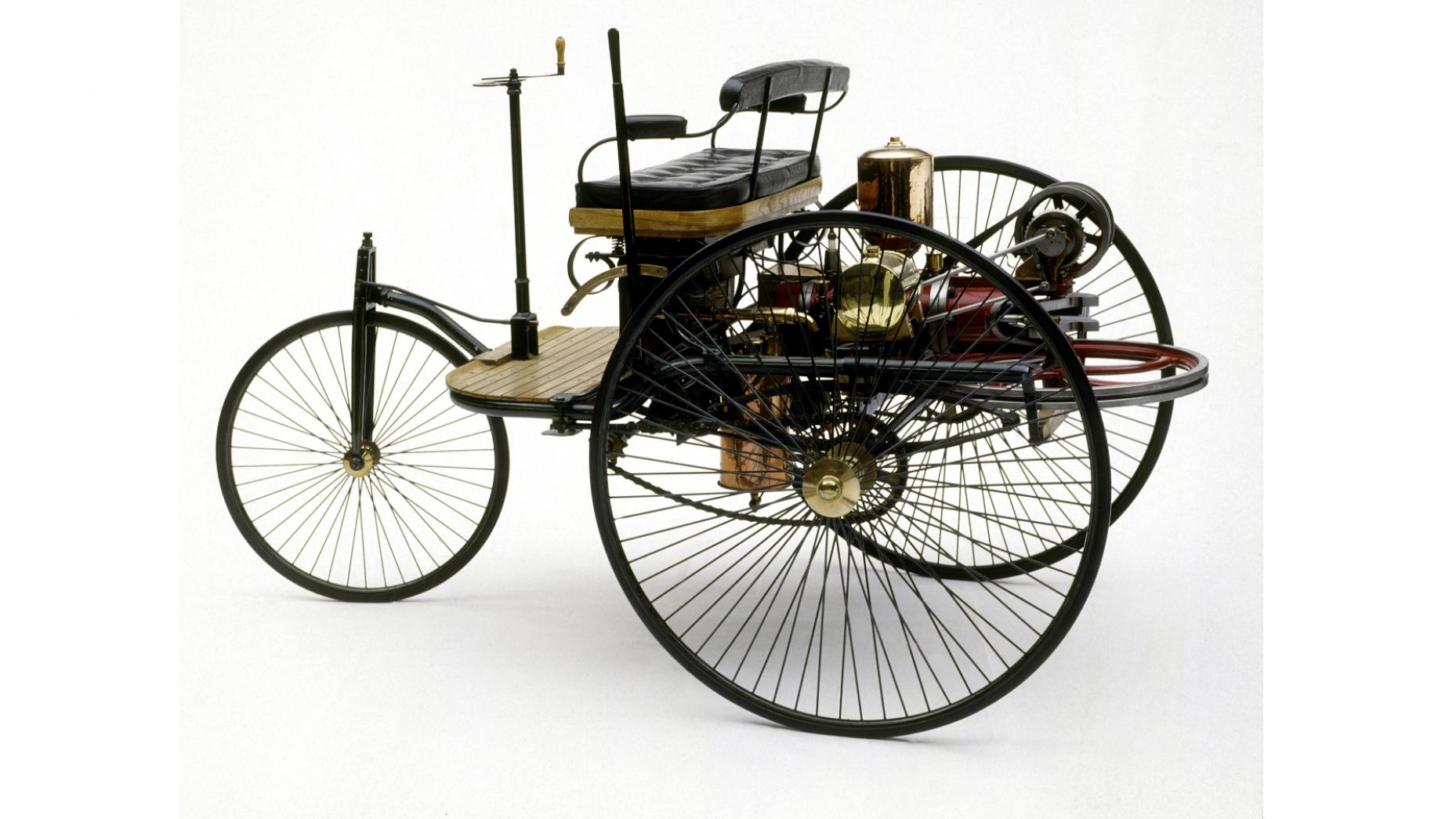
What’s been Mercedes-Benz’s best moment?
Mercedes-Benz has excelled at almost everything – speed records, open wheel racing, endurance racing, rallys, rally raids, reliability trials… you name it. Hell, there’s probably an eminently successful Mercedes drift car and an utterly dominant SLK in Gymkhana somewhere too.
So picking a best moment would usually be pretty difficult, considering the serried ranks of successes that a brand this big and this powerful has amassed.
But when said car brand was the first to build a production car, that’s a bit of a biggie. Yes, the Benz Patent Motorwagen stood on the shoulders of men like Nikolaus Otto, Rudolf Diesel, Nicholas-Joseph Cugnot, Enrico Bernardi and Richard Trevithick, among others. But this was, if not car Genesis, at the very least Phil Collins’ first solo record. And, we’re told, equally cacophonous.
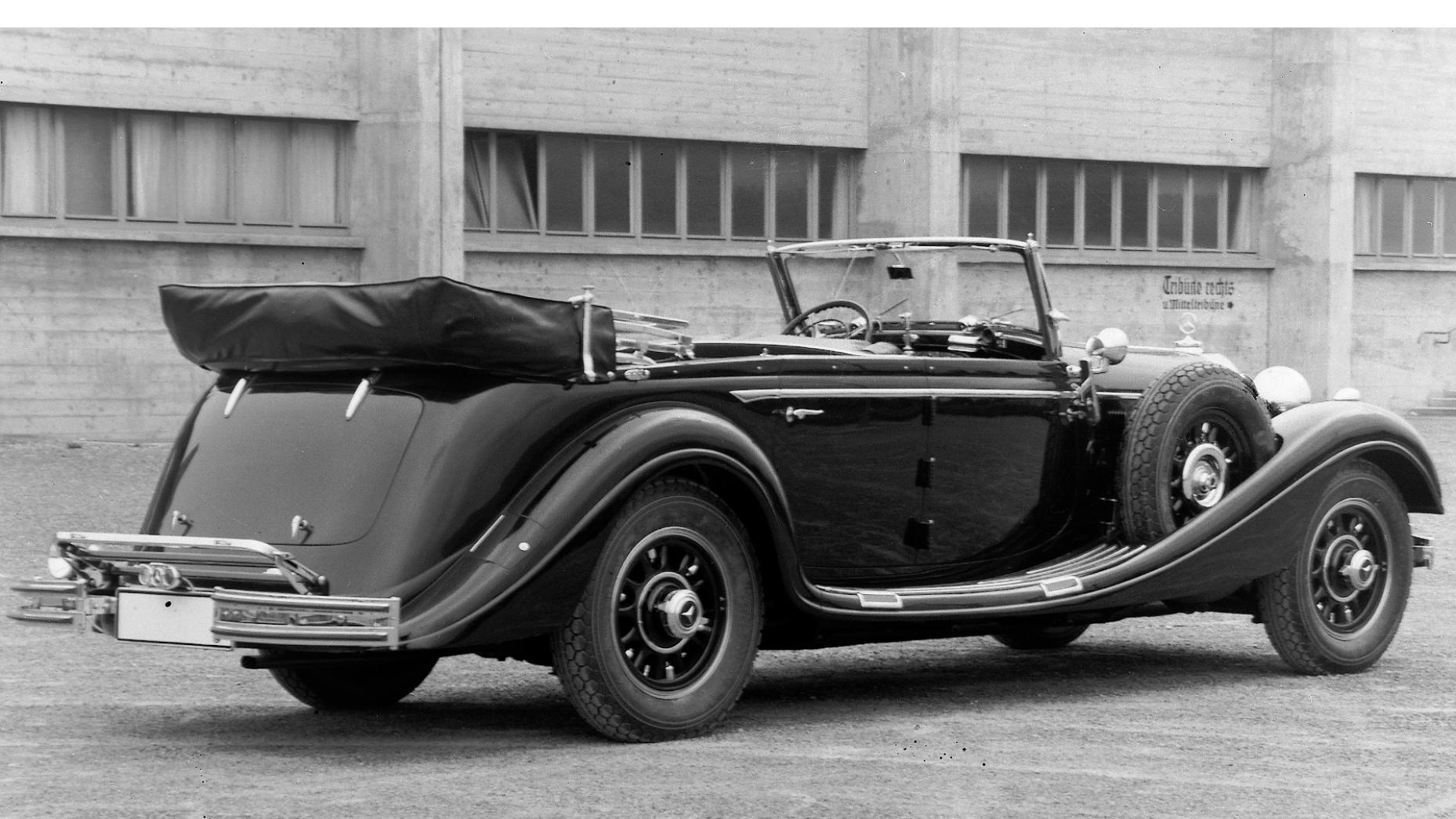
What’s been Mercedes' worst moment?
There’s a photo of a certain German dictator rolling along in one of Mercedes’ four-door convertibles, which does feel like something of a black mark. But if we had a penny for every time one crazed despot or another bought / appropriated a luxury car, we’d have enough to buy our own country and run it into the ground. Merc’s reputation for luxury and reliability just makes it more popular with the Dear Leaders and El Jefes of the world.
Moving on. Mercedes, to an extent, is also the reason why Switzerland banned motor racing, after Pierre Levegh’s horrific crash in a Mercedes 300 SLR killed 83 spectators (and Levegh) at Le Mans in 1955.
It was, in every way, an accident that could have happened to any manufacturer. And lax safety standards, especially around the pit area – where there was no barrier between the pits and the start/finish straight – are to blame, not Mercedes.
Nevertheless, in the aftermath of Le Mans 1955, Switzerland banned motor racing for five decades and Mercedes completely retired from motorsport until 1989.
Besides that, some of Mercedes’ cars were caught up in the diesel emissions scandal of 2015, but certainly not to the extent of Volkswagen. And, in the 1990s and early 2000s, Mercedes tried to cut costs on its famously over-engineered cars, which saw a corollary dip in quality and longevity – quelle and indeed surprise – which resulted in a scramble to pick the quality again and regain its reputation.
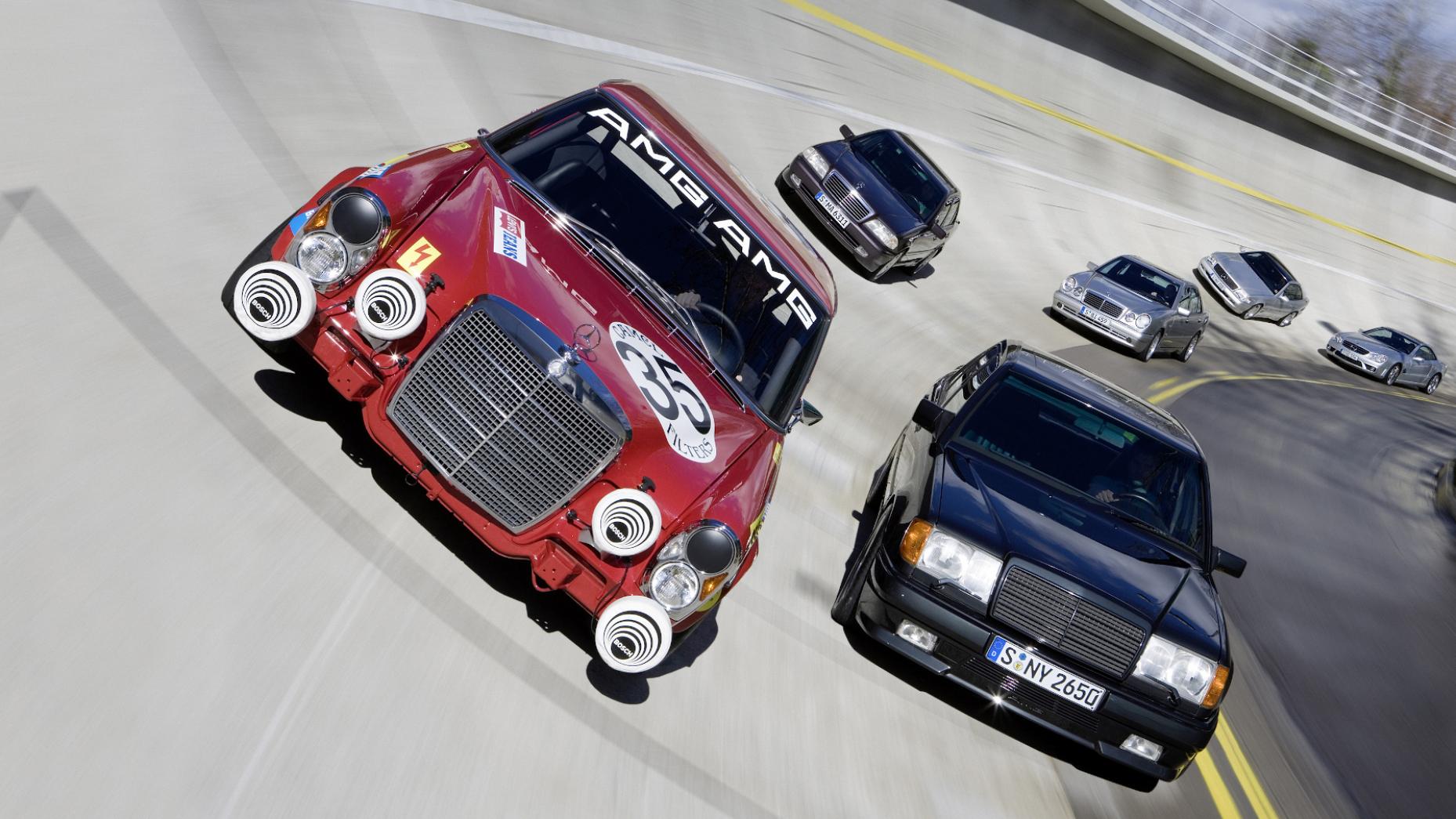
What's Mercedes' most surprising moment?
That’s a bit of a tough one. Mercedes’ dominance of Formula One has gone on for so long now that the initial surprise of watching teams, themselves no strangers to ruling the grid from the front, now resigned to fighting over table scraps.
But it’s not Mercedes F1, of course, it’s Mercedes-AMG F1. And here’s our vote for the most surprising moment in Benz’s history.
As you’re probably aware, there are a lot of tuning houses that take standard manufacturer cars and think they can do better. Some really, really can’t, but some – such as AMG – absolutely can. So what does Mercedes do when it sees its range of staid, ultra-reliable cars getting turned into monstrously powerful V8 bruisers?
Well, in Mercedes’ case, embrace it, buy AMG lock, stock and barrel and make it an official go-faster division, which extends all the way from hot hatches to the pinnacle of motorsport.
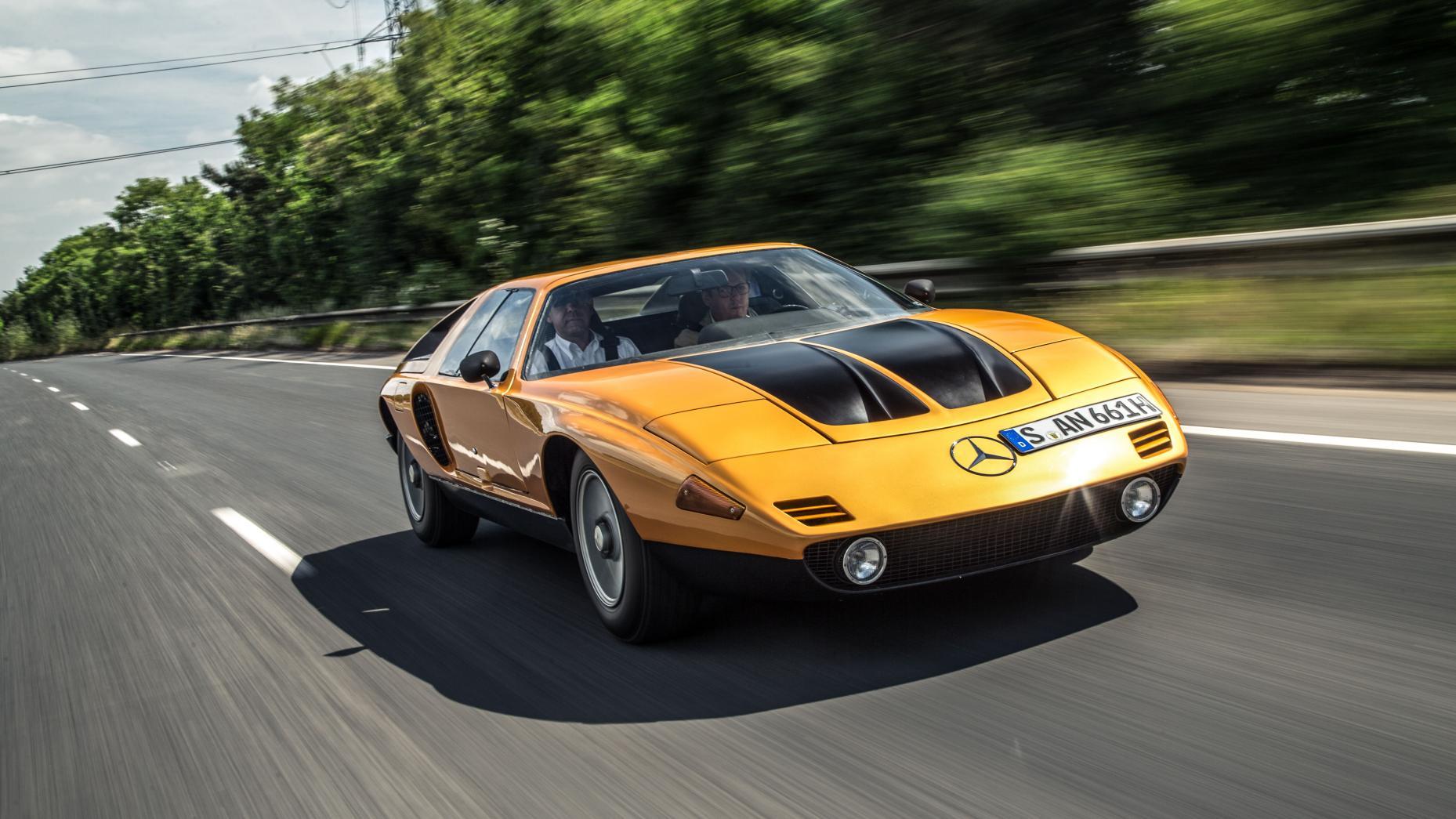
What's the best concept Mercedes built?
That’ll be the C111. It is, without question, one of the finest-looking and most useful concept cars of all time.
Yep, we said most useful. Where most concept cars get trotted out for some photography and a tour of a few motor shows (well, at least pre-2020), the C111 was more than eye candy – it was an engineering testbed.
Mercedes tested everything from new materials and aerodynamics to a raft of engines, including diesel and rotary power. Oh, and set speed records at Nardo on a regular basis. Yeah, we’re impressed.
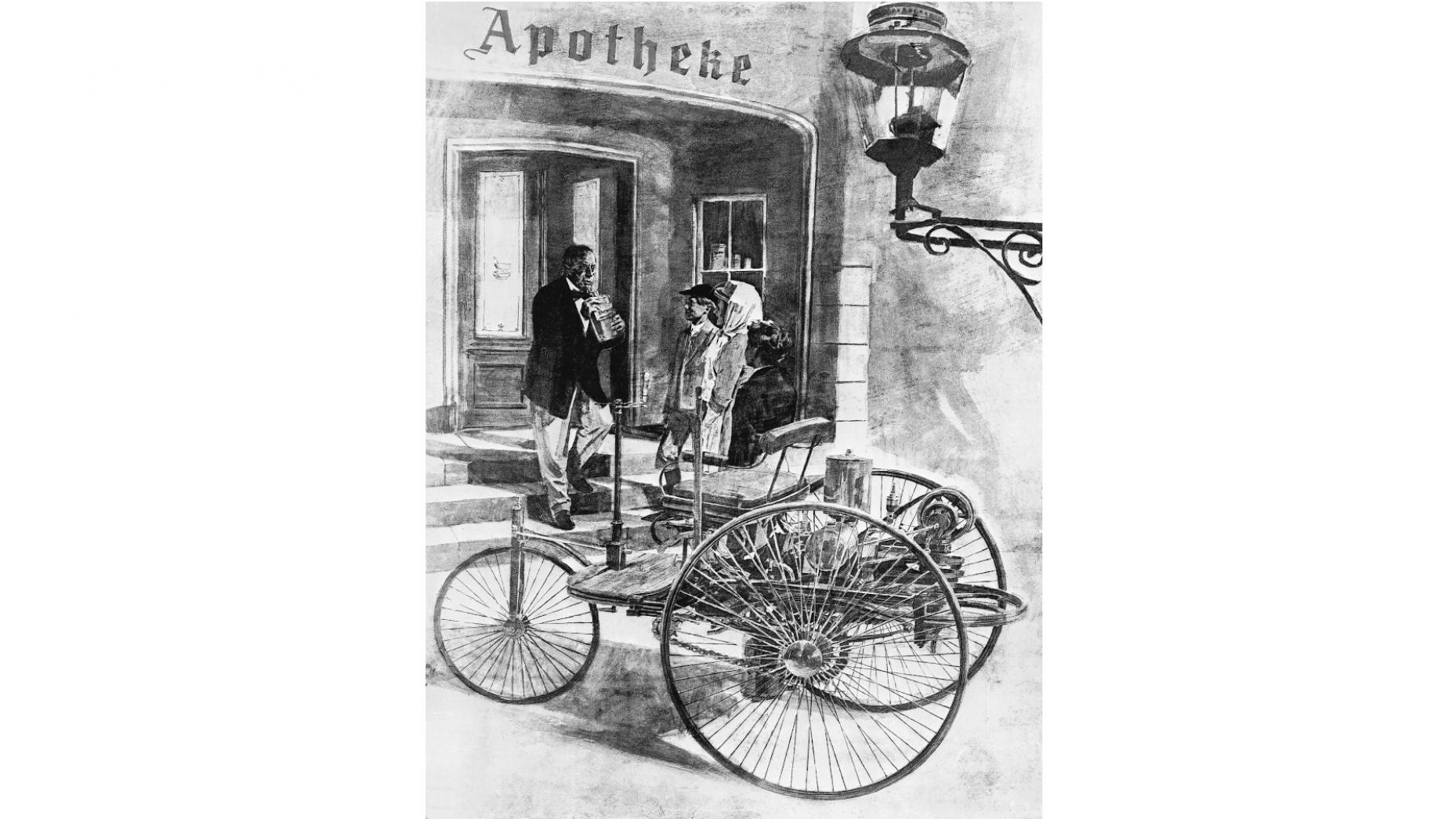
Tell me an interesting fact about Mercedes.
The very first road trip ever undertaken was in a Mercedes-Benz, by Bertha Benz, on August 5th, 1888.
Bertha Benz was invested in Karl’s fledgling business, propping up his efforts with the Patent Motorwagen with her cash and then her mechanical and marketing acumen. But it’s her first car journey that’s perhaps the most gutsy.
Without permission from the authorities, or the foreknowledge of her husband, she took her teenage sons on the world’s first proper car trip. Car journeys at the time were technical demonstrations that went out for a short shakedown and returned to their point of origin. But Bertha wanted to garner publicity for the car and prove that her and Karl’s creation would be a sensation once introduced to the public.
And so Bertha and her sons set off to Pforzheim from Mannheim, a distance of about 105km/h at the time. Along the way, she’d invent brake pads – made from leather, as the wooden brakes stopped working during the journey – and find out that the Motorwagen’s 2spd gearbox needed a third, taller gear for climbing hills, so her sons didn’t have to get out and push.
The Motorwagen didn’t have enough petrol to make the journey and, seeing as cars weren’t really a thing yet, neither were petrol stations. Unfazed, Bertha pulled up at a chemist in Wiesloch and bought a few litres of a laboratory solvent called ligroin, which is mostly octane and heptane, filled the car up again and went on her way. That chemist, by the way, is now known as the world’s first petrol station.
STORY Craig Jamieson






